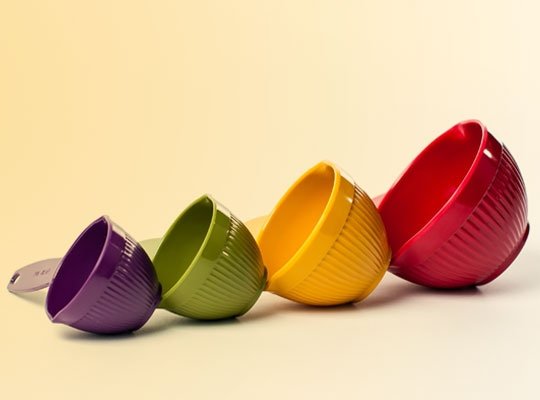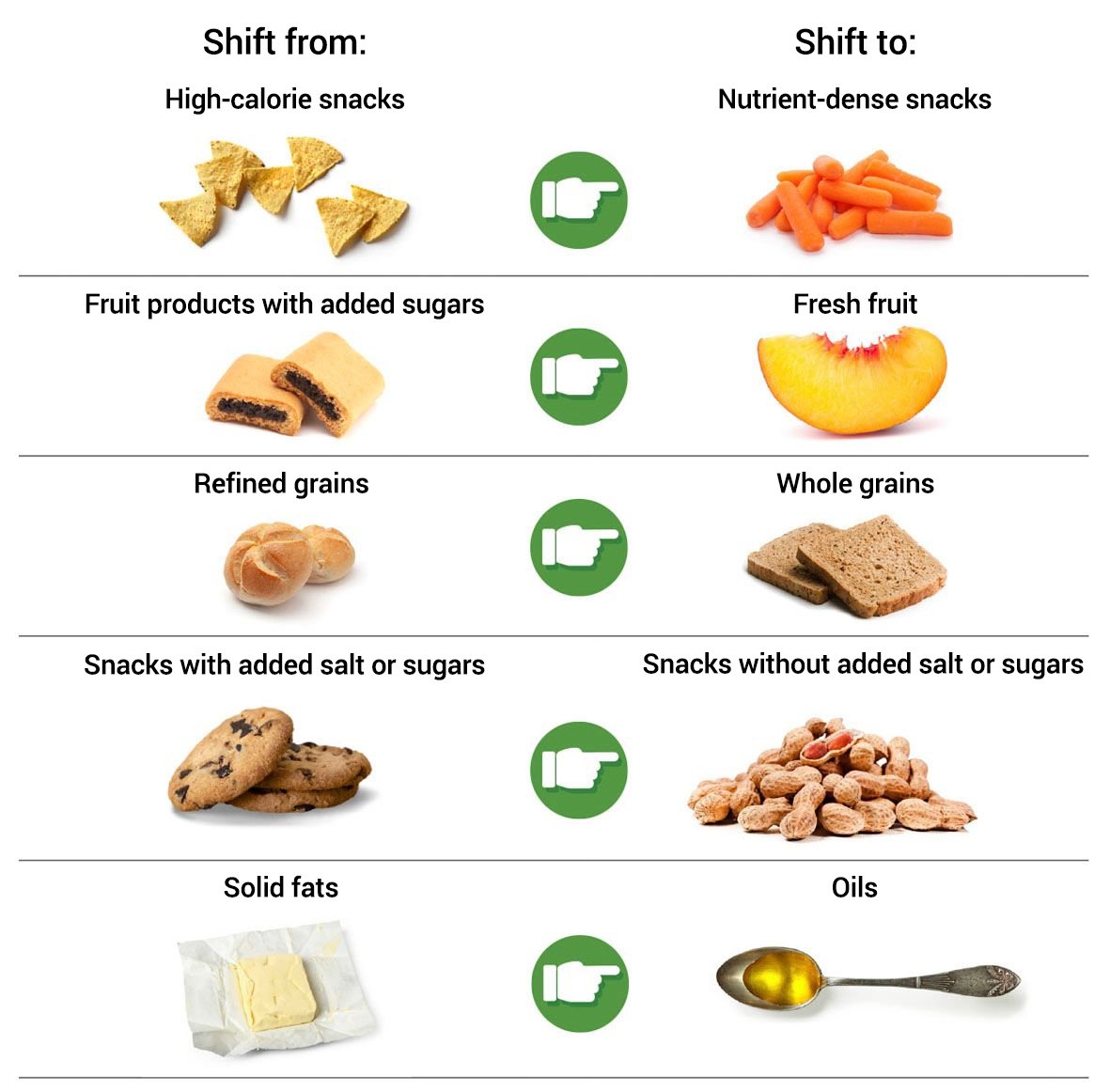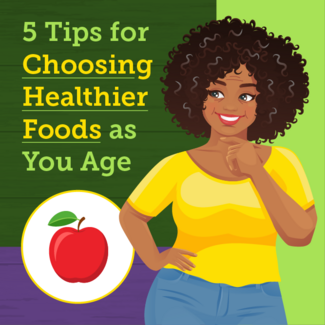How Much Should I Eat? Quantity and Quality
On this page:
Figuring out how much to eat while achieving or maintaining a healthy weight can be difficult. Getting the proper nutrients and eating the right amount for your weight and activity level can contribute to healthy aging. This article provides suggestions for how older adults can get the nutrients they need within a recommended daily number of calories.
How many calories do you need?
A calorie is a unit of measurement that describes how much energy is released when your body breaks down food. Although calorie count alone does not dictate whether a food is nutritious, thinking about how many calories you need can guide healthy eating habits. If you are over age 60 and you want to maintain your current weight, how many calories do you need to eat each day? The Dietary Guidelines suggest:
| For a Woman | Calories |
|---|---|
| Not physically active | 1,600 |
| Moderately active | 1,800 |
| Active lifestyle | 2,000-2,200 |
| For a Man | Calories |
|---|---|
| Not physically active | 2,000-2,200 |
| Moderately active | 2,200-2,400 |
| Active lifestyle | 2,400-2,600 |
Unsure which activity category you’re in? Consult the Dietary Guidelines for definitions of each level. You can increase your physical activity level by adding walking, jogging, dancing, recreational sports, and other similar approaches to your day.
Serving and portion sizes
A “serving size” is a standard amount of a food, such as a cup or an ounce. Serving sizes can help you when choosing foods and when comparing similar items while shopping, but they are not recommendations for how much of a certain food to eat.
The term “portion” means how much of a food you are served or how much you eat. A portion size can vary from meal to meal. For example, at home you may serve yourself two small pancakes in one portion, but at a restaurant, you may get a stack of four pancakes as one portion. A portion size may also be bigger than a serving size. For example, the serving size on the nutrition label for your favorite cereal may be 1 cup, but you may actually pour yourself 1½ cups in a bowl.
Portion size can be a problem when eating out. To keep your portion sizes under control, try ordering smaller appetizers instead of an entrée as your meal, or share an entrée with a friend. Or eat just one-half of an entrée and take the rest home to enjoy as a meal the next day.
Healthy food shifts
Eating the right amount is important, but so is making sure you’re getting all the nutrients you need. Older adults often need fewer calories, but more nutrients, which makes it essential to eat nutrient-dense foods. To eat nutrient-dense foods across all the food groups, you may need to make some changes in your food and beverage choices. You can move toward a healthier eating pattern by making shifts in food choices over time. Here are some ideas:

Check out these tips for planning healthy meals as you get older.
Healthy beverage shifts
It’s easy to forget about calories you consume from beverages. If you drink sodas, creamy and sweet coffee drinks, or alcohol, swapping them out for healthier options can make a huge difference. There are plenty of beverage options that are low in added sugars, saturated fats, and sodium. Here are some options:

100-calorie snacks
Another way to think about the idea of nutrient-dense and calorie-dense foods is to look at a variety of foods that all provide the same calories. Let’s say that you wanted to have a small snack. You might choose:
- A 7- or 8-inch banana
- 20 peanuts
- 3 cups low-fat popcorn
- Two regular chocolate-sandwich cookies
- 1/2 cup low-fat ice cream
- One scrambled large egg cooked with oil
- 2 ounces baked chicken breast with no skin
These choices all have about 100 calories but provide different amounts of nutrients. The right choice for you may depend on what else you’re eating throughout the day.
Eating healthy is not just about how much you eat, it’s also about what you eat. Older adults should try to eat foods that are packed with nutrients while limiting foods that are high in calories but provide few nutrients. Swapping out snacks and beverages with nutrient-dense alternatives can help you get the nutrients you need while staying within your recommended number of calories.
You may also be interested in
- Exploring different meal plans as you age
- Learning how to read food labels
- Finding out more about calorie restrictions
Sign up for e-alerts about healthy aging
For more information on healthy eating
National Heart, Lung, and Blood Institute
301-592-8573
nhlbiinfo@nhlbi.nih.gov
www.nhlbi.nih.gov
National Institute of Diabetes and Digestive and Kidney Diseases (NIDDK)
800-860-8747
866-569-1162 (TTY)
healthinfo@niddk.nih.gov
www.niddk.nih.gov
U.S. Food and Drug Administration
888-463-6332
druginfo@fda.hhs.gov
www.fda.gov
USDA Food and Nutrition Information Center
National Agricultural Library
301-504-5755
fnic@ars.usda.gov
www.nal.usda.gov/fnic
This content is provided by the NIH National Institute on Aging (NIA). NIA scientists and other experts review this content to ensure it is accurate and up to date.
Content reviewed:
February 28, 2022



